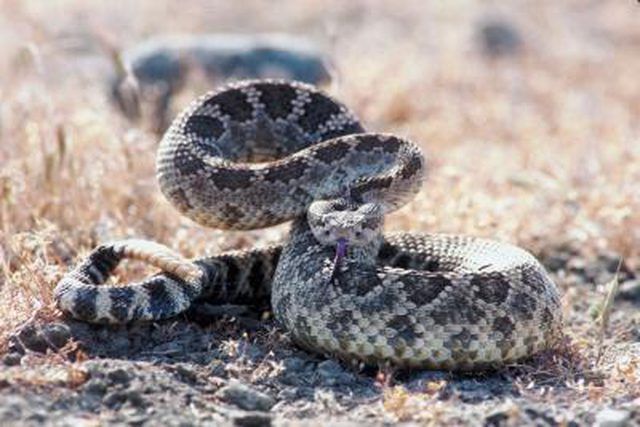Bulbs
Flower Basics
Flower Beds & Specialty Gardens
Flower Garden
Garden Furniture
Garden Gnomes
Garden Seeds
Garden Sheds
Garden Statues
Garden Tools & Supplies
Gardening Basics
Green & Organic
Groundcovers & Vines
Growing Annuals
Growing Basil
Growing Beans
Growing Berries
Growing Blueberries
Growing Cactus
Growing Corn
Growing Cotton
Growing Edibles
Growing Flowers
Growing Garlic
Growing Grapes
Growing Grass
Growing Herbs
Growing Jasmine
Growing Mint
Growing Mushrooms
Orchids
Growing Peanuts
Growing Perennials
Growing Plants
Growing Rosemary
Growing Roses
Growing Strawberries
Growing Sunflowers
Growing Thyme
Growing Tomatoes
Growing Tulips
Growing Vegetables
Herb Basics
Herb Garden
Indoor Growing
Landscaping Basics
Landscaping Patios
Landscaping Plants
Landscaping Shrubs
Landscaping Trees
Landscaping Walks & Pathways
Lawn Basics
Lawn Maintenance
Lawn Mowers
Lawn Ornaments
Lawn Planting
Lawn Tools
Outdoor Growing
Overall Landscape Planning
Pests, Weeds & Problems
Plant Basics
Rock Garden
Rose Garden
Shrubs
Soil
Specialty Gardens
Trees
Vegetable Garden
Yard Maintenance
How to Keep Rattlesnakes Away From Your Home
How to Keep Rattlesnakes Away From Your Home. If you live in rattlesnake country, take a few precautions to keep the rattlers away from your home, especially if you have outdoor pets or children who are not as vigilant in looking out for snakes as adults. Fortunately, rattlesnakes can be discouraged away from your landscape and the more methods you...

If you live in rattlesnake country, take a few precautions to keep the rattlers away from your home, especially if you have outdoor pets or children who are not as vigilant in looking out for snakes as adults. Fortunately, rattlesnakes can be discouraged away from your landscape and the more methods you implement, the less likely you will have problems with or spot them in your yard.
Things You'll Need
Mower
Pruning shears
Rodent traps
Snake-proof fence
Cement blocks or bricks
Mortar
Trowel
Clean up the areas around your home. Remove junk, wood, rock and brush piles and all other debris. These types of places provide rattlesnakes cool areas to hide.
Mow your grass regularly close to the ground and trim shrubs and bushes off the ground, about 6 to 12 inches. This will keep rattlesnakes more exposed and less likely to come into your landscape. In addition, fill in any rodent holes with dirt because rattlesnakes tend to use the holes for their homes and hideouts.
Trap and get rid of rodents around your home. Snap traps work well and are available in most grocery, super and home improvement stores. Keep setting up traps as long as you are catching rodents. Rattlesnakes feed primarily on rodents and if you get rid of them, the rattlesnakes will go somewhere else for food.
Build a wall or install a snake-proof fence around your landscape, or have one built or installed by a professional. A wall made from cement blocks or bricks works well. According to The University of Arizona, the wall should be buried at least 6 inches with a good footing, and extend 4 feet above ground. For the top layer, use longer bricks or cement blocks or face them in the other direction so they hang over the edge facing outward by at least 4 inches. Fill in any rodent holes that go under the wall or fence because rattlesnakes might soon follow.
Fix your foundation. Broken or rotting wood invites rattlesnakes to slither in to find a cool, comfortable place to hide out.